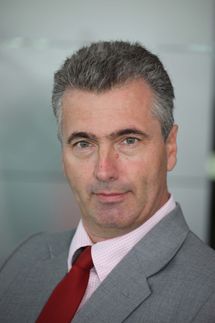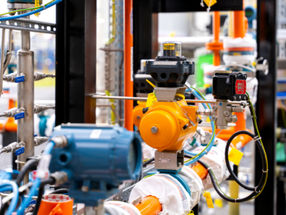Growth in European Biocides Market Stunted by BPD
Smart Strategy, Strong Products Key to Survival
Advertisement
There may be light at the end of the tunnel for manufacturers of specialty biocides that are bracing for slow growth in the European market over the next five years.
Suppliers of specialty biocides have invested significant time and resources into generating the data required for the Biocidal Products Directive (BPD) approval process. In many cases, this process has been slow and drawn out because active ingredients for each application have been reviewed in a stepwise fashion.
At the same time, companies from China and India have been flooding the market with generic biocide products, driving prices down, further suppressing profitability, and generally adding insult to injury for Western suppliers.
According to a recently completed market study by Kline & Company, however, manufacturers with a smart BPD strategy and strong products could see a healthy return on their investment.
"The BPD process has been going on for more than 10 years, and while it might seem bad at the moment, those companies with salient products could wind up with a competitive advantage," says Gillian Morris, industry manager of the Chemicals and Materials practice for Kline & Company's research division. "Gaining BPD approval can be very costly, but once the active ingredient gets approved, there is a bit of protection from foreign competitors, who will also have to register their product or cooperate with a domestic supplier that already has been approved, in order to import that product."
The resources required for BPD compliance have suppliers looking closely at their products to determine the smartest investment. SPECIALTY BIOCIDES WESTERN EUROPE 2004-2005, the third volume in Kline's global assessment of this market, examines the overall market conditions and provides insight into the BPD and other regulatory programs. It also provides market forecasts for each product segment and application.
According to the study, the bright spot in both the Western European and U.S. markets is the plastics and resins end-use segment, particularly for silver-based biocides, which are more environmentally friendly, protect the integrity of plastics, and offer antimicrobial protection. European sales of biocidal actives to the plastics and resins market are expected to grow by almost 5% over the next five years, with silver-based actives growing 10% annually. In the U.S., silver-based biocides used for plastics and resins are set to grow by 25% in the same time frame, albeit from a very small base.
On the other end of the spectrum, the leather tanning market for biocides continues its downward spiral, with much of the market now dominated by offshore suppliers in China and India. Those that remain are diversifying their product lines to offer formulated biocidal products, as opposed to single active ingredients, in order to provide value-added products.
"Particularly in Europe, we're seeing a shift in the business model overall, and companies that have traditionally supplied only active ingredients are purchasing those that market formulations," says Morris, pointing to ISP's purchase of Biochema Schwaben, Troy Corp.'s acquisition of Riedel de Haen, and Rohm and Haas's acquisition of ACIMA. "Because of the influx of generics, companies are looking to formulations to capture more value from the product chain by buying companies that already have good relationships with their clients and mixing biocides to meet their specific needs."
"Despite all the uncertainty in Europe driven by the BPD, there can be rewards for those companies that make the investment needed to make it through the process," says Eric Vogelsberg, senior vice president and head of Kline's Chemicals & Materials consulting practice. "The United States went through a similar process about 20 years ago that changed the competitive and business landscape. Suppliers in Europe now have the solid foundation of data and reliable forecasting techniques to help them assess the soundness and viability of any potential investment."
SPECIALTY BIOCIDES 2004-2005, comprising separate volumes for the Chinese, U.S., Western European, and Japanese markets, is designed to help suppliers and formulators of specialty biocides understand the market dynamics in each significant product segment. Each regional report volume provides a detailed analysis of 11 to 14 end-use applications, 7 biocide product classes, and more than 50 individual products. Profiles of leading biocide suppliers in each region are also provided.
For more information on this study series, please use the 'Contact' button below.






























































